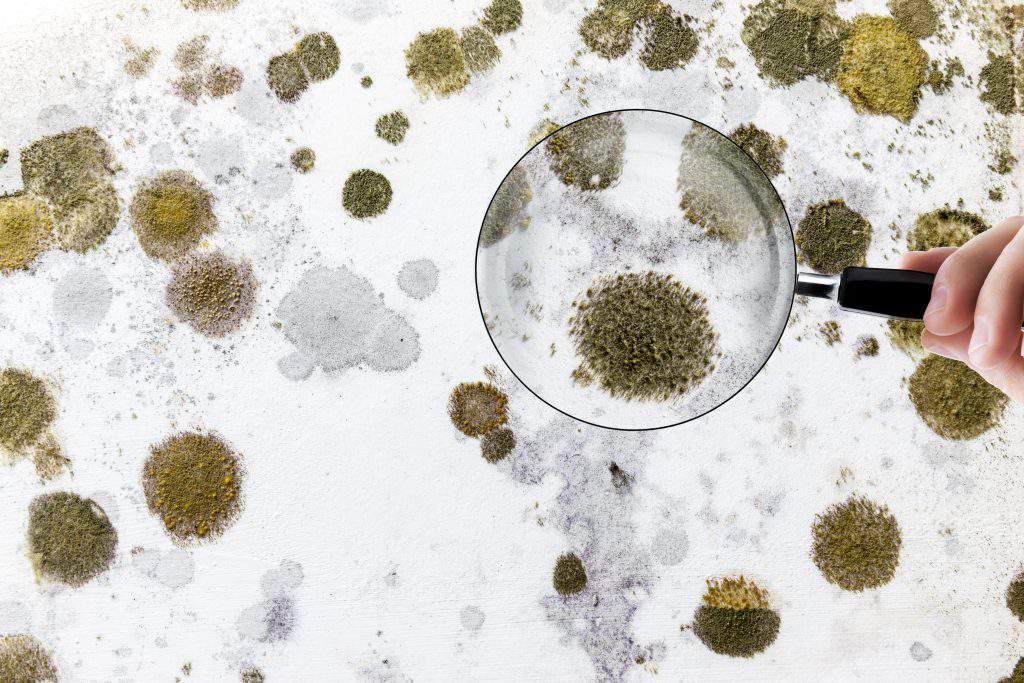Testing Air Quality After Mold Remediation
Wiki Article
Effective Blog Post Mold And Mildew Removal Solutions for Your Home
Mold and mildew development in homes can be a consistent issue, usually needing a systematic method for efficient post-remediation services. From comprehending the factors that add to mold and mildew growth to carrying out proper cleansing methods and dampness control actions, the process can be complex yet important for preserving a healthy and balanced living environment. Additionally, discovering all-natural remediation options and establishing a regular for ongoing maintenance are vital parts of a comprehensive mold and mildew removal strategy. As homeowners aim to resolve mold and mildew worries, locating one of the most reliable services ends up being vital for the well-being of their households.Understanding Mold And Mildew Development Aspects
The main factor contributing to mold and mildew development is moisture. Mold and mildew spores require wetness to flourish and sprout, making damp or damp environments very vulnerable to mold invasions.
In addition, airflow and light direct exposure can influence mold growth. Areas that lack correct ventilation and all-natural light are more susceptible to mold and mildew advancement. By resolving these elements thoroughly, people can properly alleviate mold and mildew development and safeguard their living settings.
Appropriate Mold Cleansing Techniques
Utilizing effective cleaning methods is important in addressing and stopping the reappearance of mold and mildew contamination in interior atmospheres. When handling mold and mildew, it is essential to focus on security by using protective equipment such as gloves, goggles, and masks. The initial step in appropriate mold and mildew cleansing is to have the damaged area to stop the spread of spores to unpolluted locations. This can be attained by sealing the area and making use of air scrubbers or negative air equipments to keep air quality.
Implementing Wetness Control Actions
To effectively prevent mold development and contamination in indoor settings, applying dampness control actions is critical. In addition, guaranteeing appropriate air flow in areas susceptible to moisture accumulation, such as cooking areas and restrooms, can assist minimize the threat of mold and mildew development. By faithfully executing these wetness control procedures, home owners can effectively decrease the likelihood of mold and mildew recontamination and keep a healthy and balanced indoor atmosphere.Using Natural Remediation Solutions
After successfully implementing dampness control measures to stop mold growth in indoor environments, homeowners can now discover the effectiveness of natural remediation options in preserving a healthy and balanced space. Natural remediation services utilize ecologically friendly methods to deal with mold and mildew, making them a preferred selection for those seeking safe alternatives. One such service is making use of vinegar, a natural antimicrobial representative, to clean and disinfect surfaces infected by mold and mildew. Merely water down vinegar with water and spray it onto the influenced locations, allowing it to rest for a couple of hours prior to wiping clean. In addition, tea tree oil, understood for its antifungal buildings, can be blended with water and splashed onto mold-infested surfaces to inhibit more development. One more all-natural alternative is hydrogen peroxide, which can effectively kill mold and mildew on different surface areas without leaving harmful deposits behind. By incorporating these all-natural remediation options into their cleaning routines, homeowners can successfully fight mold growth while promoting a healthier indoor setting for themselves and their family members.
Keeping a Mold-Free Environment
On a regular basis evaluating locations susceptible to mold and mildew growth, such as restrooms, kitchens, attics, and basements, is crucial. Correct air flow in locations with high humidity levels is also vital to stopping mold development.Additionally, keeping tidiness in the home is vital for mold avoidance. Maintaining indoor plants in check and guaranteeing appropriate drain in outside landscape design can reduce moisture accumulation, lowering the probability of mold and mildew infestations.
Conclusion
To Post Mold remediation cleaning conclude, it is vital to resolve mold growth variables, utilize proper cleaning methods, apply wetness control steps, make use of all-natural removal solutions, and preserve a mold-free atmosphere in order to successfully take care of post mold and mildew removal in your house - Post Remediation verification. By complying with these strategies, you can stop mold from persisting and make certain a healthy and balanced living setting for you and your household
The key factor adding to mold and mildew growth is moisture. Mold and mildew spores call for moisture to sprout and flourish, making wet or moist atmospheres very vulnerable to mold and mildew invasions.To efficiently prevent mold and mildew growth and contamination in indoor atmospheres, implementing wetness control steps is extremely important. Furthermore, guaranteeing appropriate ventilation in areas susceptible to moisture accumulation, such as kitchens and shower rooms, can help lower the threat of mold growth.After successfully carrying out wetness control measures to stop mold growth in interior environments, house owners can now discover the performance of all-natural removal remedies in maintaining a healthy living space.
Report this wiki page